What is Botox Injection?
Botox injection around the eyes involves the administration of a toxin into the area surrounding the eyes. When we say “toxin,” your mind might immediately jump to something deadly and dangerous—and you’d be right. But perhaps what you’re underestimating is the incredible power of modern technology. Botulinum toxin, commonly known as Botox, is indeed one of the most potent and lethal substances found in nature. However, in controlled laboratory conditions, its dangerous properties are suppressed to a degree that makes it not only safe but also highly effective. Today, it’s widely used for treating various internal medical conditions as well as for addressing external aesthetic concerns—like those fine lines around the eyes.
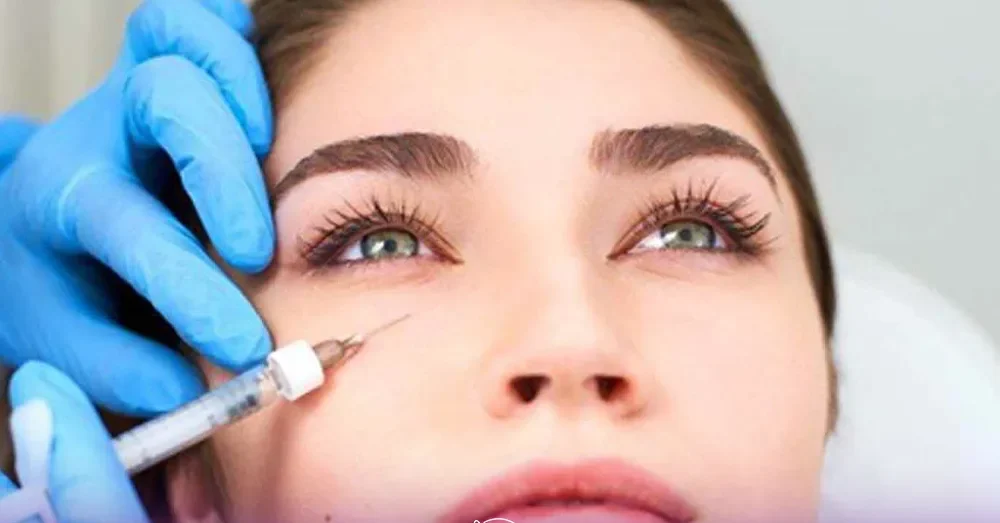
When Botox is injected around the eyes, it affects the nerve receptors and transmitters in the muscles of that area. Botox disrupts the process of sending and receiving nerve signals, preventing the facial and eye muscles—whether moved consciously or unconsciously—from contracting and wrinkling the skin. Normally, when the skin folds, it forms wrinkles, but if there’s still enough collagen and elasticity, these wrinkles can smooth out again.
However, if the skin has been damaged due to aging or a harsh environment, it may not return to its original state, and the wrinkles remain, following the movement of the muscles. Sometimes, muscle contractions even pull the skin downward, resulting in droopy eyelids. Botox injections around the eyes specifically target all these issues, working to correct skin concerns in the eye area and restore the natural look of your eyes.
Botox offers a well-balanced combination of benefits, longevity, and cost. That’s why it’s truly worth it—so instead of envying youthful looks in the mirror, take action and bring that youthfulness back to your eyes.
Steps and how to do Botox around the eye
How Botox Around the Eyes Is Done:
-
First, you need to find a reputable clinic with a certified specialist present.
-
You will have an initial consultation where you’ll share details about any underlying or past medical conditions, as well as any medications you are currently taking or have taken in the past. It’s important to be completely honest during this session and answer the doctor’s questions accurately and clearly, as Botox injection around the eyes is done in a sensitive area and could be risky if unforeseen issues arise.
-
If the doctor confirms that you are a suitable candidate for Botox, a date will be set for your procedure.
-
Usually, Botox injections do not require anesthesia. However, since the area around the eyes is particularly sensitive, the doctor may choose to use a local anesthetic a few minutes before starting. If the doctor doesn’t suggest it and you prefer some numbing, you can mention this to them.
-
The doctor will inject Botox using the correct dose and a trusted brand around your eyes. This step is performed very carefully and requires high precision and expertise.
-
After just a few minutes, you can leave the clinic with the doctor’s approval. Then, the very short recovery period and aftercare for the eye area will begin.
How much is the cost of Botox around the eye?
The Cost of Botox Around the Eyes
The cost of Botox injections around the eyes depends on several factors, which is why the price can vary from one place to another and even from person to person. Generally, the cost ranges between 400,000 to 1,000,000 Toman. To get an accurate estimate, you can contact our specialists. A personal visit and consultation with the doctor is also highly recommended, as all factors are considered before a final and satisfactory price is determined.
Several elements affect the cost of under-eye Botox injections. These include the doctor’s level of expertise, the brand of Botox used, the type and severity of your skin concerns, your age, and whether you intend to get Botox in other areas as well. All of these aspects play a role in pricing.
That said, Botox is generally very cost-effective—especially when compared to other rejuvenation techniques or even skincare products that claim to smooth the skin. Botox can provide lasting results for several months, saving you from relying on eye creams or makeup to conceal wrinkles. This makes Botox a more economical solution for many seeking youthful, refreshed skin.
Botox Injection Complications
In general, if Botox injections around the eyes are performed by an experienced and skilled physician, the side effects are minimal and nothing to worry about. A professional doctor uses high-quality, branded products and applies the injection with great precision. Moreover, proper aftercare plays a significant role in minimizing side effects and ensuring a smooth, short recovery period. So, if you’ve trusted a qualified specialist, there’s little reason to be concerned.
The most common side effects reported by individuals after under-eye Botox include:
-
Swelling and bruising
-
Pain or stinging sensation
-
Muscle numbness
-
Allergic skin reactions
-
Spread of Botox to nearby areas
-
Eyelid drooping (ptosis)
-
Vision disturbances
Side effects such as pain and bruising are typically short-lived and resolve on their own. However, more serious symptoms like double vision, blurred vision, eyelid drooping, or muscle weakness due to the spread of Botox should be reported to your doctor immediately. Prompt medical attention can prevent complications and ensure safe treatment outcomes
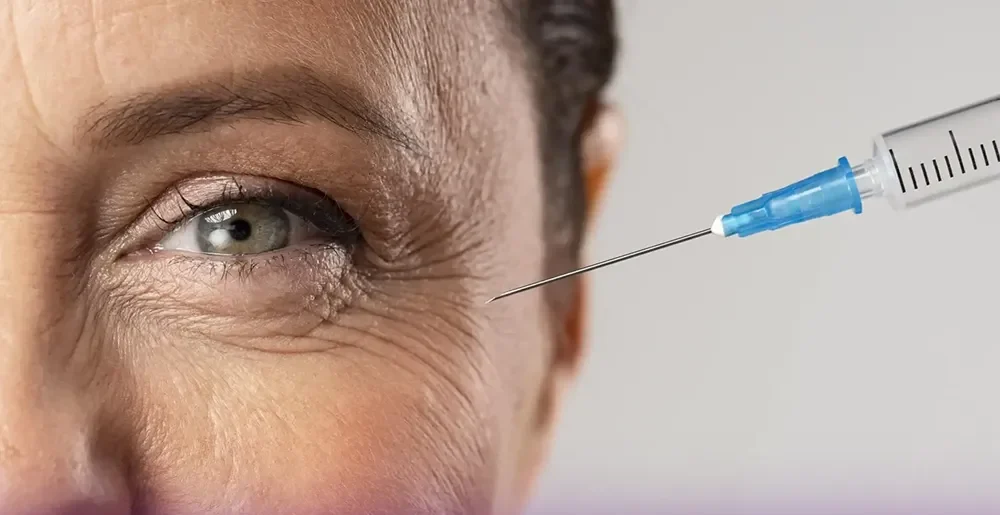
Botox shelf life round
The longevity of under-eye Botox typically ranges between 4 to 6 months, after which the skin gradually returns to its previous state and wrinkles reappear. That’s why it’s important to schedule a follow-up session promptly to continue enjoying youthful beauty. Although you should book your next Botox appointment as soon as possible, the injections must be administered at appropriate intervals. Overuse or excessive Botox injections, especially in the highly sensitive eye area, can increase the risk of side effects.
Additionally, if Botox is injected repeatedly in short, improper intervals, the body may become accustomed to the substance, reducing its muscle-weakening effects. When the muscles no longer respond to the numbing properties of Botox, the treatment will no longer be effective in smoothing the skin. Therefore, injections should be scheduled at specific and regular intervals and administered by a skilled doctor — or at least under their guidance if switching providers.
On average, Botox lasts between 3 to 4 months in the under-eye area, though it can extend up to 6 months. Using a high-quality brand of Botox, consulting an experienced doctor, and properly caring for your skin can help maintain its effects for up to six months. Fortunately, the benefits of Botox can be regained with repeat treatments, so there is no need to worry about their complete loss.
Application of Botox Injection
Under-eye Botox injections offer a range of tangible and appealing benefits, including:
-
Inhibiting the muscle activity that leads to the formation of lines around the eyes
-
Eliminating fine wrinkles in the under-eye area
-
Reducing crow’s feet at the outer corners of the eyes
-
Significantly improving drooping eyelids
-
Lifting and shaping the eyes and eyebrows
-
Reducing puffiness under the eyes
-
Restoring a youthful appearance to the eyes
However, under-eye Botox is sometimes mistakenly used to fill hollow areas or brighten the skin beneath the eyes, which is not recommended. Botox does not function as a filler and cannot fill empty spaces beneath the skin. Therefore, the proper use of Botox around the eyes is limited to smoothing crow’s feet and other expression lines.
As previously mentioned, the effectiveness of Botox is not limited to cosmetic purposes—it can also provide therapeutic benefits, even around the eyes. The medical uses of Botox include treating the following eye-related issues:
-
Drooping eyelids caused by illness or genetics
-
Lazy eye (amblyopia)
-
Uncontrolled tearing
-
Eyelid twitching (blepharospasm)
-
Dry eyes
-
Migraines
After -eye Botox care
Following the aftercare instructions for Botox around the eyes is crucial in minimizing any side effects of the substance and achieving the best results from its effects. Depending on your unique characteristics, the doctor may provide specific aftercare guidelines that you must follow diligently. This is because your doctor knows your body’s needs and potential reactions to Botox better than anyone else. Therefore, always check with your doctor about the necessary care and adhere to their instructions. Below are general aftercare guidelines that are important for anyone after receiving Botox injections:
-
Avoid sleeping and washing your face for at least 4 hours. It is recommended to delay washing your face, showering, applying makeup, or touching your face until the next day.
-
Refrain from heavy activities and focus on resting. Avoid putting any pressure on your face.
-
Avoid bending over, especially in the early recovery days.
-
It is obvious that you should avoid swimming and going to the gym for a while.
-
Do not use scrubs or exfoliating creams in the first few weeks.
-
Wait at least two days between your Botox injection and hair coloring to prevent exacerbating swelling and inflammation.
-
Do not press your face into the pillow while sleeping.
-
Delay other rejuvenation techniques (such as laser treatments or filler injections) until the Botox recovery period is complete.
-
Discontinue medications like aspirin that thin the blood.
-
The best way to sleep and rest is on your back.
-
To minimize pressure on your face, try sleeping in a sitting position, with your body forming about a 130-degree angle. This doesn’t mean your body should be perfectly upright, but rather at a comfortable angle.
-
If sleeping in a sitting position is uncomfortable, you can use a neck pillow or travel pillow. This will keep your head elevated at around a 45-degree angle to avoid applying pressure to the Botox-treated area.
-
If you don’t have a neck pillow, you can use two soft pillows to keep your head in a similar position.
-
Avoid touching or massaging your eyes. Even if you feel itching, consult with your doctor before doing anything.
-
In the first few days, avoid greasy or sugary foods. Additionally, it’s best not to consume salty, sour, or spicy snacks to prevent swelling from recurring.
-
You can use a cold compress to reduce swelling and bruising. However, be careful not to apply too much pressure on the treated area.
-
Protect your skin from the sun. In the early days, avoid applying anything around your eyes, including sunscreen. It’s better to use a sun hat or sunglasses. After the recovery period, continue to protect your skin from sun exposure, especially when spending more than two hours outdoors, even on cloudy days.
-
Avoid smoking and alcohol to allow your skin to benefit more from Botox.
-
Maintain a healthy diet and drink enough fluids (6 to 8 glasses a day). On the first day after Botox injection, it is highly recommended to drink plenty of water to prevent dehydration and headaches.
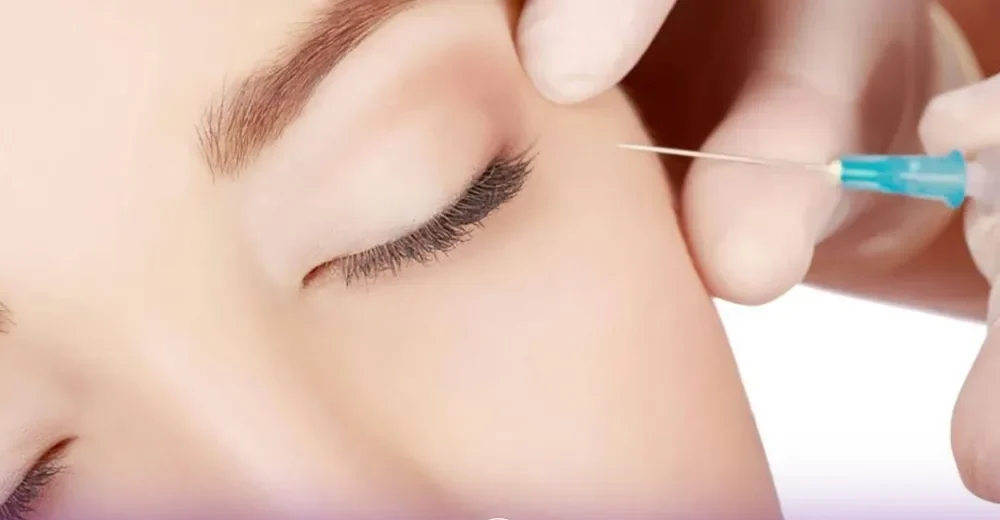
Botox Injection Applications
Here are the most important applications of Botox injections around the eyes, with some key points explained in more detail:
-
Eliminating Wrinkles Around the Eyes: Botox is highly effective in reducing fine lines and wrinkles that develop around the eyes, especially crow’s feet, providing a smoother and younger appearance.
-
Preventing Muscle Movement Around the Eyes: Botox works by temporarily paralyzing the muscles around the eyes, preventing them from contracting and creating wrinkles, which helps in reducing the appearance of existing lines.
-
Reducing the Depth of Crow’s Feet: Botox injections can help in softening the appearance of crow’s feet, which are the fine lines and wrinkles that form at the corners of the eyes due to facial expressions like smiling or squinting.
-
Eliminating Under-Eye Puffiness: By relaxing the muscles under the eyes, Botox can reduce puffiness and swelling, which makes the eyes appear fresher and more awake.
-
Treating Ptosis (Drooping Eyelid) Due to Genetic Factors or Aging: Botox can help lift the eyelids in cases of mild ptosis caused by either age or hereditary factors, improving the appearance of the eyes and restoring a more youthful look.
-
Treating Eye-Related Conditions: Botox is also used therapeutically to address various eye-related issues such as uncontrollable tearing (epiphora), dry eyes, eyelid twitching (blepharospasm), and amblyopia (lazy eye).
Eye drawing with Botox
Having elongated eyes is one of the subtlest beauty standards in the world that has garnered a lot of attention in recent years. Many celebrities and individuals whose faces are renowned for their attractiveness and allure try to achieve elongated eyes. This effect can be created through various techniques, such as makeup and lifting, but our main focus here is Botox injections around the eyes. The remarkable properties of Botox and its ability to change the skin’s appearance can have a significant impact on lifting the skin around the eyes and achieving an elongated eye shape.
To achieve this elongated eye look, the doctor injects Botox into specific points around the muscles in the eye area. These muscles can be located at the outer or inner corners of the eyes, or between the two eyes. When Botox takes effect on these muscles, it reduces the downward pull of the skin. In other words, the muscles responsible for causing the skin to sag and create a drooping effect are numbed. This numbing action causes the skin to be lifted upwards. However, for the best results, it’s essential to consult a skilled and experienced specialist who can accurately identify the right points for Botox injection around the eyes. Additionally, it’s crucial to ensure that Botox is purchased from a reputable store with a genuine brand.
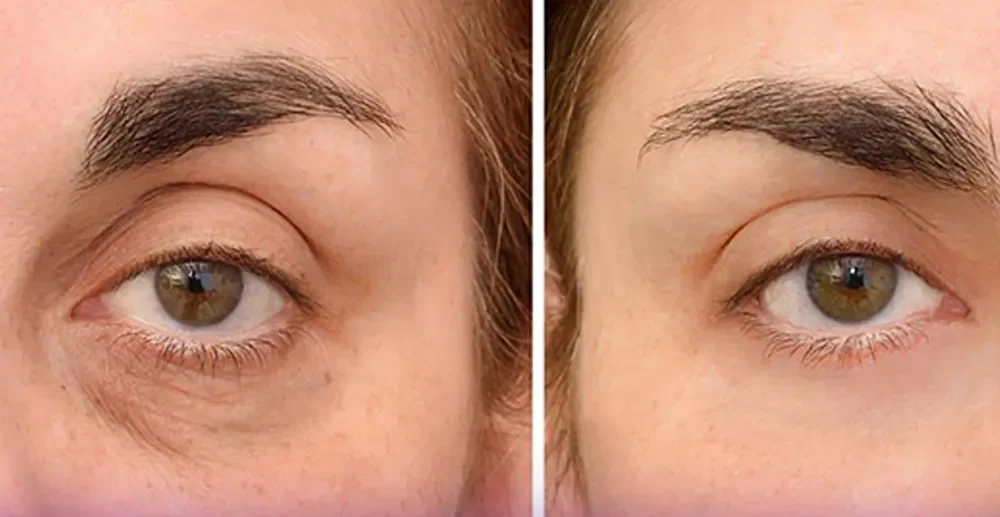
Botox for the gray under the eyes
The area beneath the eyes can develop hollows over time due to various factors such as aging, weight fluctuations, addiction, or even genetics. These hollows can significantly affect the attractiveness of an individual’s face. This is why many people attempt to eliminate this hollowed appearance using various techniques, such as Botox injections, to restore the skin under the eyes to its youthful freshness and vibrancy. The goal of beauty techniques focusing on the lower eye area is to level the skin and restore its uniformity in color. In other words, the hollows beneath the eyes are treated by slightly lifting and brightening the area, ensuring that it no longer negatively impacts the person’s confidence. An important point is that the skin needs to be slightly lifted to address the hollowness.
As we mentioned earlier, Botox is a substance that temporarily halts muscle activity in the body. In the beauty industry, the purpose of injecting this substance is to prevent superficial muscles beneath the skin from contracting and causing wrinkles. In other words, Botox addresses skin lines by suppressing their underlying cause. However, it’s important to note that Botox’s effect is not on the skin itself but rather on numbing the muscles. To address issues like hollowness under the eyes, a technique that works on the health and vitality of the skin is needed. Therefore, Botox injection under the eyes is not recommended and will not have an effect on treating hollowness.
Botox puff under the eyes
One of the uses of Botox is to reduce puffiness or what is commonly known as under-eye bags. However, Botox injections for under-eye puffiness are not fully confirmed, and they may cause some sensitivities around the eyes. Despite this, according to reports, some individuals have used this substance to reduce the puffiness under their eyes. The bags that form under the eyes are usually caused by aging skin. As the skin ages, its quality decreases, and such symptoms appear on the face. Additionally, puffiness can result from the accumulation of fat and water in this area, sleep deprivation, poor lifestyle habits, inadequate nutrition, failure to protect the skin from the sun and pollution, and so on.
Another reason for under-eye puffiness is improper muscle function. The muscles surrounding the eyes gradually weaken due to the general aging effects on the body. However, Botox can also have an impact on reducing under-eye puffiness. It’s important to emphasize that the therapeutic effect of Botox for under-eye bags or puffiness has not been definitively confirmed. Overall, Botox has been tested in various fields throughout its history to prove its effectiveness. This substance has also failed in some of the uses it was once thought to work for. Due to the sensitivity of the eyes, caution should be exercised when deciding to inject such a substance.
Botox Injection of Cat’s Eye
One of the most popular eye makeup styles evokes the look of cat eyes. Cat eyes have a unique, elongated shape that many people find incredibly beautiful. Due to the allure and attractiveness of cat eyes, many individuals try to achieve this shape either through makeup or other methods like lifts and filler injections. However, one of the best techniques to create the cat-eye effect is the “cat-eye Botox injection.” In fact, Botox injections for elongating the eyes have become a common practice, and the cat-eye Botox model has even made its way into the list of popular Botox injection types.
Botox works by numbing the muscles that cause the eyelid and surrounding skin to sag over the eye. When these muscles are numbed, they no longer pull the skin downward, allowing the skin to rise instead. This upward movement of the skin gives your eyes and brows a lifted, cat-like shape, unveiling the captivating allure of cat eyes on your face. Therefore, Botox injections around the eyes serve multiple purposes: they not only significantly reduce fine lines and crow’s feet but also lift the skin, making you less reliant on other techniques and especially makeup tricks.
Botox Clean Lines
One of the most well-known applications of Botox is the elimination of crow’s feet, the fine lines that appear around the eyes. For some individuals, these lines develop naturally due to their facial structure and genetics, especially when expressing emotions like happiness or laughing. These lines typically extend to the temples and are considered normal. However, as a person ages and the skin’s elasticity decreases, these lines gradually become more permanent in the outer corners of the eyes. While the individual continues to laugh and the muscles remain active, the skin loses its former resistance and can’t return to its original state.
This is where Botox injections around the eyes come in as an effective and efficient technique to remove crow’s feet. Botox works by penetrating the skin and reaching the muscles, weakening them. It blocks the communication between the brain and these muscles, reducing the movements that cause the skin to bunch up and form these lines. This restriction of movement helps the skin stay smooth and undisturbed, preventing it from being affected by the underlying layers.
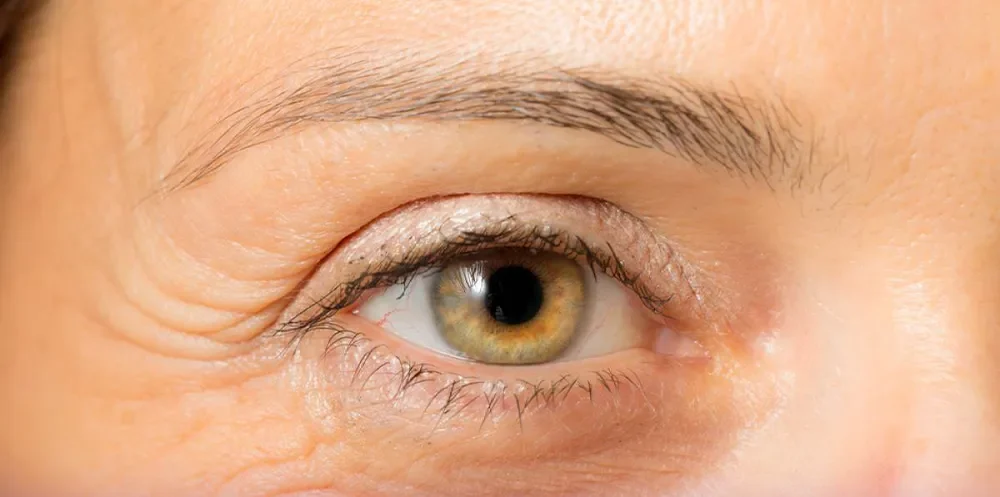
Who is the perfect Botox injecting for the eye?
Botox injections around the eyes are suitable for individuals in the following groups:
-
Young adults over the age of 18.
-
Those seeking a safe and cost-effective method for skin rejuvenation and the treatment of certain eye conditions.
-
Anyone, male or female, who wants to restore the beauty and health of their eyes.
-
Individuals with mild eyelid drooping.
-
Those who have persistent crow’s feet around their eyes.
-
People suffering from eyelid twitching or lazy eye.
-
Those looking to eliminate all facial wrinkles, including frown lines.
-
Individuals with eye conditions such as dryness or excessive tearing.
In general, Botox injections around the eyes are suitable for anyone who has experienced skin aging over time, which has altered their appearance from its previous youthful and attractive state. Additionally, in some cases, a doctor may recommend this technique to correct defects caused by acquired, hereditary, or congenital conditions affecting the skin around the eyes. Given the many applications of this technique in both medical and aesthetic fields, many individuals have used it and been pleased with its remarkable effects on the body. Botox injections are also approved by the World Health Organization, and leading global brands manufacture and offer this product.
Who should not do the Botox injection around the eye?
Botox injections around the eyes are suitable for individuals in the following groups:
-
Young adults over the age of 18.
-
Those seeking a safe and cost-effective method for skin rejuvenation and the treatment of certain eye conditions.
-
Anyone, male or female, who wants to restore the beauty and health of their eyes.
-
Individuals with mild eyelid drooping.
-
Those who have persistent crow’s feet around their eyes.
-
People suffering from eyelid twitching or lazy eye.
-
Those looking to eliminate all facial wrinkles, including frown lines.
-
Individuals with eye conditions such as dryness or excessive tearing.
In general, Botox injections around the eyes are suitable for anyone who has experienced skin aging over time, which has altered their appearance from its previous youthful and attractive state. Additionally, in some cases, a doctor may recommend this technique to correct defects caused by acquired, hereditary, or congenital conditions affecting the skin around the eyes. Given the many applications of this technique in both medical and aesthetic fields, many individuals have used it and been pleased with its remarkable effects on the body. Botox injections are also approved by the World Health Organization, and leading global brands manufacture and offer this product.
Where is the best Botox Injection Clinic in Tehran?
It’s never too late to regain your youth. However, achieving youthful attractiveness depends on trusting a skilled and professional team. In the best Botox injection clinic for the eyes in Tehran, you can receive the highest quality skin rejuvenation services for this area of your face and once again reveal the youthful glow of your face. The services offered in this clinic are of the highest quality and, of course, at the most reasonable prices. You deserve natural beauty, and we are here to support and guide you in your journey to achieving it. For more information, feel free to share your questions with our expert consultants and take the step towards Botox injections for your eyes.


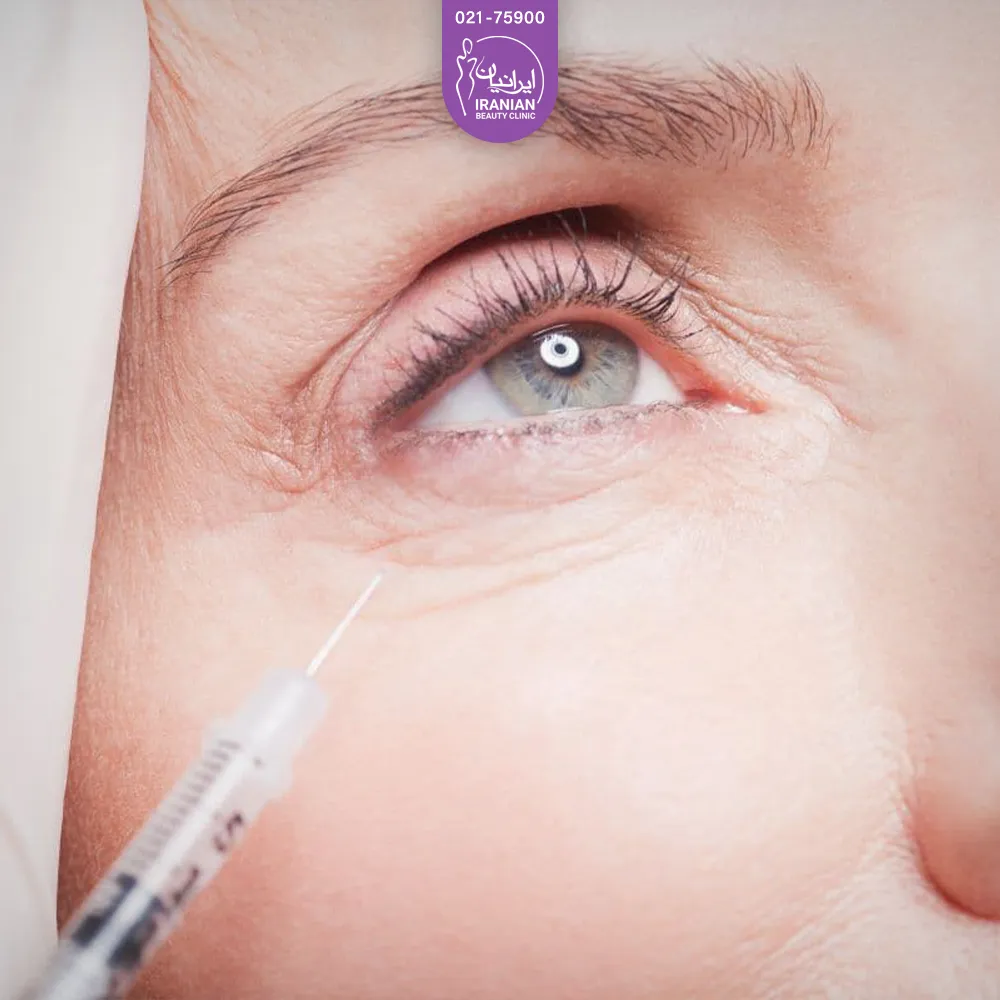






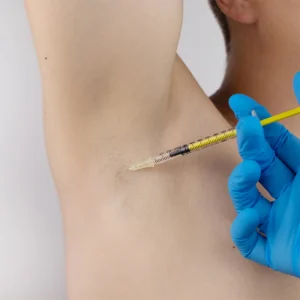
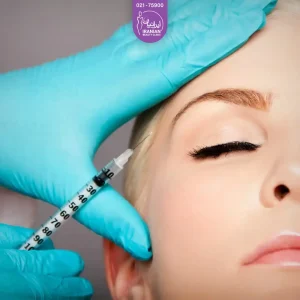
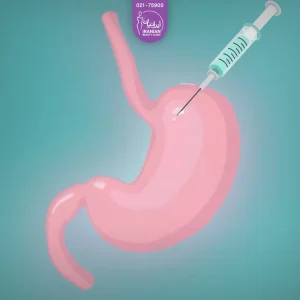
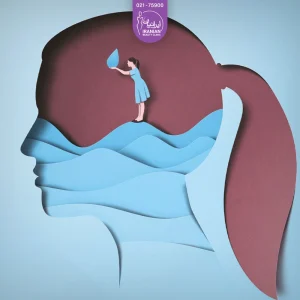
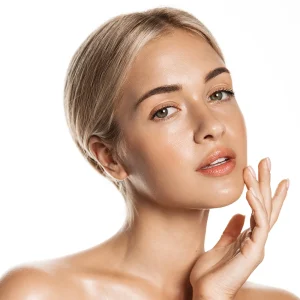
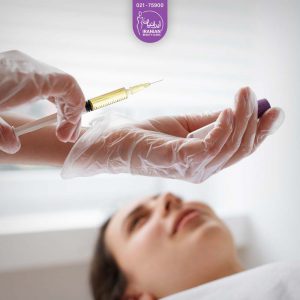
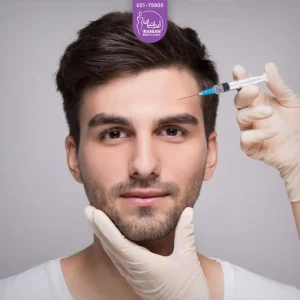
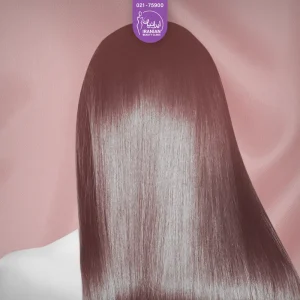
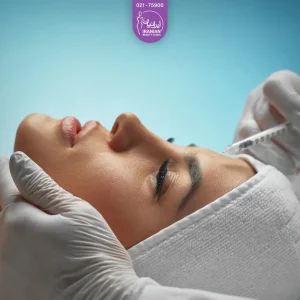
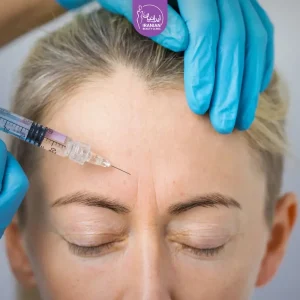
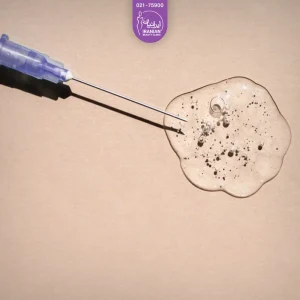
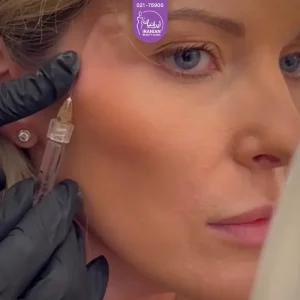
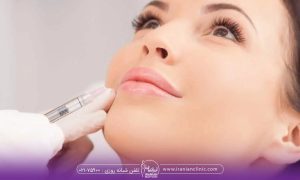
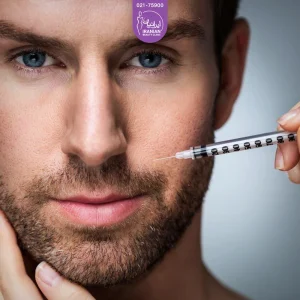
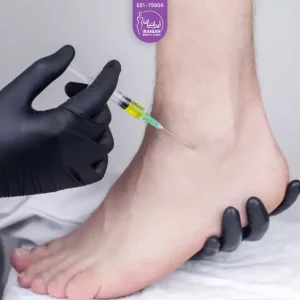
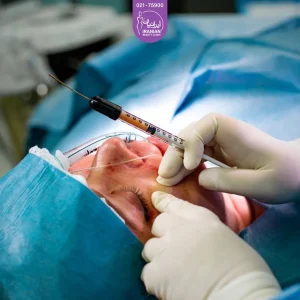

 Quanta Creative Agency
Quanta Creative Agency 